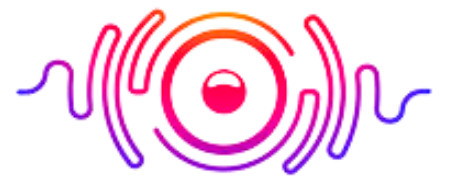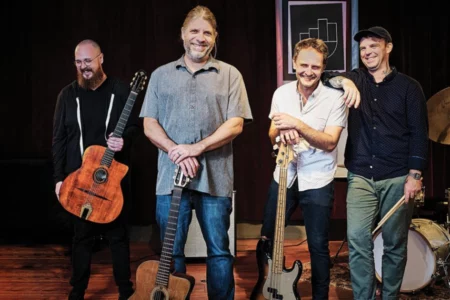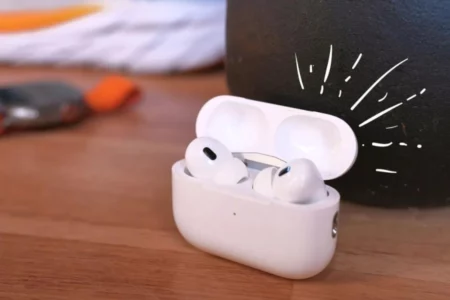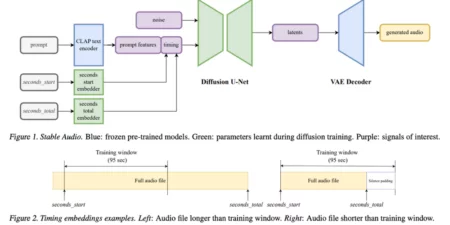Drum tabs offer an easier alternative to sheet music and are popular for drummers. Tabs give musicians more freedom because they have the opportunity to learn how to play their favorite songs by following along with the music notation on their own time.
Drum tabs are a fantastic learning tool for beginners, but it should be noted that reading drum sheet music is much more effective and will help you learn much better as it gives you a solid foundation of knowledge upon which to expand. Any novice can do it when they put their mind to it.
You only have to understand the basics of the drum tabs using the drum notation guide to play the songs. Understanding the symbols and abbreviations can help you read the tabs easily. Although the tabs can vary depending on the writers, the basics remain the same. My guide on reading drum tabs on ultimate guitar will help you figure out all the information needed for reading the drum tabs.
What Are Drum Tabs?
Drum tabs are a great way to create and share drumming information. Instead of standard music notation that would normally represent how a musician is supposed to play an instrument, drum tabs only specify which beats and on which drum or percussion instrument they should be performed. It’s a simple utility that helps simplify things as well as learning lessons on how to play drums
Most people find the drumset notes more helpful than the traditional sheet music. The reason behind this popularity is the presence of these tabs’ much easier-to-read and write ability. The notions created by these tabs are easier to share and generally type than the music notion software over the internet.
A Definitive Guide: How To Read Drum Music?

Latest Article: Best Pedal Platform Amp with Effects
The drum tabs only require placing an o or an x without having to perform beautifully shaped quarter notes. All the drum notions are readily available on a typical keyboard, and you can observe them easily. It is why in the 1990s, drum tabs became popular with the introduction of the internet.
If you’re searching for a way to share drum music with music lovers, Tabs are the best resolution. Understanding beginner drum music notes can help. However, suppose you’re serious about drumming and want to pursue it professionally. In that case, it is suggested that you learn how to read traditional sheet music because it will allow for much more nuance within your drumming activities.
How Do You Read Drum Tabs for Beginners?
Here are steps on how to read music for drums for beginners. Follow these steps for reading the drum tabs without any difficulty.
A Beginner Guide: How Much Does Drum Set Cost?
1) Understanding the Mechanics
Understanding the different parts of the drum kit enables you to read various drum tablature parts without difficulty. Different abbreviations represent each drum on the drum tabs, making them understandable. However, you need to differentiate between the tabs as they can vary according to the writer.

Read More: How Do You Fix the Issue of Can’t Hear Anyone on Discord?
People have liberty in choosing the abbreviations, and looking at the top of the page for the legends or keys can help you understand the notion created by the writer. Here are the nine most used and popular abbreviations for the drum tabs that you can come across.
- T1: Hi Tom
- T2: Low Tom
- B: Bass Drum
- CC: Crash Cymbal
- HH: Hi-Hat
- Rd: Ride Cymbal
- Hf: Hi-Hat with Foot
- FT: Floor Tom
- SN: Snare
The drum tabs usually have these abbreviations in slightly modified order according to the instrument height.
2) Knowing the Symbols
Once you have understood the abbreviation on the drum tabs, you can proceed with learning the symbols. Different symbols are in place for the drum notion, which helps you read precisely. Here are the primary symbols that help in hitting the drums:

- o: normal hit/strike
- O: harder hit than normal / accent
- g: software hit than normal / ghost
- f: alternate hit by the hands/flam which
- d: roll or double stroke
- #: hit cymbal or choke
- X: loose hi-hat / hit hard cymbal
- x: strike
One last symbol worth consideration is the (-) dash symbol which indicates that you should avoid hitting the instrument on that beast when used for symbols and drums. However, it is also worth mentioning that some people use the drum abbreviation instead of symbols for a hit when used for the drums.
The drum tabs have different variations because it is not rocket science. Some people can use the symbol for a different purpose, while others can opt for it for others. One may use x for brass drum hits, while the other can use o for the same purpose.
You have to spend some time analyzing and studying the symbols. When going through the list twice or more, you don’t have to think when reading the drum tabs. Quicker you read and recognize the symbols. You can better understand the tabs and play your favorite music or songs without difficulty.
New Blog: What is DAC Converter & How Does a DAC Work? & How Do Subwoofer Isolation Pads Work?
3) Attention Towards Rhythm
There is a sequence for the symbols when playing the drum tabs. Mostly when playing them simultaneously, they remain in the same vertical column. This way, the beat is normally divided into 8th or 16th counts while the beat is 4/4 times.
The set contains 8 or 16 beats which are known as a bar. Each bar remains separate, and the vertical lines divide them to show when each bar ends. When the bar remains divided in 8th, the counting is simple as you can count them as 1, 2, 3, and 4, while with 16th, the situation is different.
A repeating symbol can appear above the bar, so keeping an eye on it is what any drum tab reader will want. It is not hard to read and miss out as it has repeated information and how many time it repeats before moving to other bars.
4) Keeping Things Simple
At the start, reading the drum tabs can be a little complicated. Initially, don’t overdo things and keep things simple by getting comfortable with only a few instruments. Avoid throwing yourself to plenty of instruments that can cause things to become more complicated.
Try making things simple by starting with two or three lines of music and getting comfortable with them. You can build up more once you understand the first lines of music. Taking too much at the start can make you stressed and frustrated. Taking things can help you become an expert gradually.
Reading percussion sheet music is similar to reading the English language. You can read the notion sheet from left to right; the staff has five lines with four spaces. The notes remain synchronized with the drum set according to the role these notes play. So, overall reading the sheet is a breeze.
Drummer learns from the experience that they have gathered. Over time, they become good at listening, and their music knowledge and instincts let them play the music smoothly. Besides, you can collect the styles and ideas as you play the things.
There are two numbers displayed in the time signature of the drum tabs. They are usually in a fraction, with the top number representing the number of beats to count during one measure. The bottom number represents the number of beats for a specific note.
Songsterr is an easy way to create new rhythms and play notes. Reading the drum notes on it is quite simple as a normal drum tab. You must use symbols, abbreviations, and numbers to play the songs perfectly.
A drum theory helps you with the basics of the drum notions, notes, and tactics to understand how to understand drum notation symbols. Understanding and studying the drum theory, along with the notations, is relatively simple. Taking drum lessons can help you understand things better and let you play music.
Mostly the drum notations used a percussion clef known as the natural clef. They don’t use standards like alto clef, tenor, treble, or bass. The bass drum, floor drum, snare drum, and rack toms have staff with space while writing on them is elliptical notehead.
Drum tabs are one of the best ways to learn and play your favorite music and songs while ditching complex and complicated drum sheet music. This how-to-read drum tabs guide is especially for those who want to read the drum tabs and play the songs while becoming pros gradually after learning symbols and abbreviations.
Summarized Note





